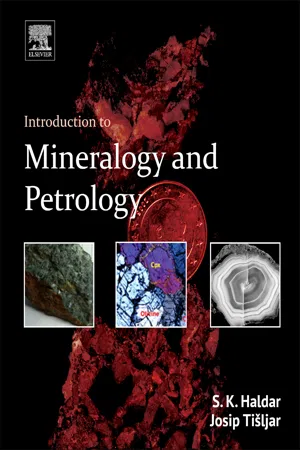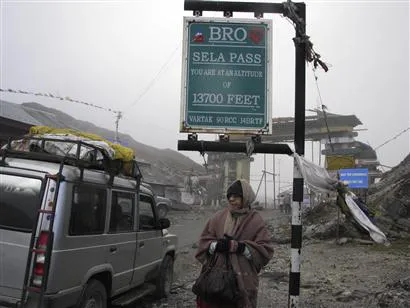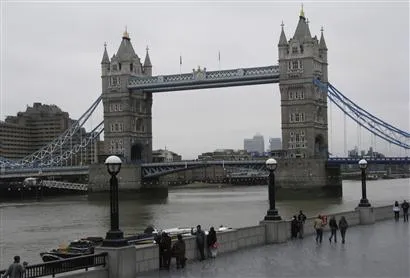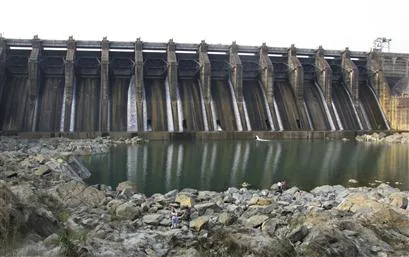
- 354 pages
- English
- ePUB (mobile friendly)
- Available on iOS & Android
eBook - ePub
Introduction to Mineralogy and Petrology
About this book
Introduction to Mineralogy and Petrology presents the essentials of both disciplines through an approach accessible to industry professionals, academic researchers, and students.
Mineralogy and petrology stand as the backbone of the geosciences. Detailed knowledge of minerals and rocks and the process of formation and association are essential for practicing professionals and advanced students. This book is designed as an accessible, step-by-step guide to exploring, retaining, and implementing the core concepts of mineral and hydrocarbon exploration, mining, and extraction. Each topic is fully supported by working examples, diagrams and full-color images. The inclusion of petroleum, gas, metallic deposits and economic aspects enhance the book's value as a practical reference for mineralogy and petrology.
Authored by two of the world's premier experts, this book is a must for any young professional, researcher, or student looking for a thorough and inclusive guide to mineralogy and petrology in a single source.
- Authored by two of the world's experts in mineralogy and petrology, who have more than 70 years of experience in research and instruction combined
- Addresses the full scope of the core concepts of mineralogy and petrology, including crystal structure, formation and grouping of minerals and soils, definition, origin, structure and classification of igneous, sedimentary and metamorphic rocks
- Features more than 150 figures, illustrations, and color photographs to vividly explore the fundamental principles of mineralogy and petrology
- Offers a holistic approach to both subjects, beginning with the formation of geologic structures followed by the hosting of mineral deposits and concluding with the exploration and extraction of lucrative, usable products to improve the health of global economies
Frequently asked questions
Yes, you can cancel anytime from the Subscription tab in your account settings on the Perlego website. Your subscription will stay active until the end of your current billing period. Learn how to cancel your subscription.
At the moment all of our mobile-responsive ePub books are available to download via the app. Most of our PDFs are also available to download and we're working on making the final remaining ones downloadable now. Learn more here.
Perlego offers two plans: Essential and Complete
- Essential is ideal for learners and professionals who enjoy exploring a wide range of subjects. Access the Essential Library with 800,000+ trusted titles and best-sellers across business, personal growth, and the humanities. Includes unlimited reading time and Standard Read Aloud voice.
- Complete: Perfect for advanced learners and researchers needing full, unrestricted access. Unlock 1.4M+ books across hundreds of subjects, including academic and specialized titles. The Complete Plan also includes advanced features like Premium Read Aloud and Research Assistant.
We are an online textbook subscription service, where you can get access to an entire online library for less than the price of a single book per month. With over 1 million books across 1000+ topics, we’ve got you covered! Learn more here.
Look out for the read-aloud symbol on your next book to see if you can listen to it. The read-aloud tool reads text aloud for you, highlighting the text as it is being read. You can pause it, speed it up and slow it down. Learn more here.
Yes! You can use the Perlego app on both iOS or Android devices to read anytime, anywhere — even offline. Perfect for commutes or when you’re on the go.
Please note we cannot support devices running on iOS 13 and Android 7 or earlier. Learn more about using the app.
Please note we cannot support devices running on iOS 13 and Android 7 or earlier. Learn more about using the app.
Yes, you can access Introduction to Mineralogy and Petrology by Swapan Kumar Haldar in PDF and/or ePUB format, as well as other popular books in Physical Sciences & Geology & Earth Sciences. We have over one million books available in our catalogue for you to explore.
Information
Chapter 1
Rocks and Minerals
Abstract
The Earth's crust and underlying rigid mantle make the lithosphere, consisting of variety of minerals and rocks including oil and gas. More than 80% of all raw materials that are used in various sectors of economy, society and environment are of mineral origin. Their uses are in major construction projects like roads, railway tracks, airports, tunnels, canals, dam sites, high-rise buildings, industrial settlements, agriculture, jewelry, medicine and many more. The demand for them is greater every day.
The deposits of raw materials (minerals/rocks) are to be modeled, searched, investigated, explored and determined their potential of actual reserves/resources and quality/grade followed by extraction. Geological knowledge of these commodities is extremely significant for the growth and development of the country. An elusive detail of mineral formation in nature including crystal system, characteristic physical and chemical properties, occurrences and primary uses described to develop the mind set for the student and professional initiate studying Geology.
Keywords
Characteristic physical and chemical properties; Crystal system; Minerals; Mineral-rocks-uses; Rocks
Outline
1.1. Introduction
1.2. Importance of Minerals and Rocks to Society
1.3. Minerals
1.4. Rocks
1.5. Mineral Resources
Further Reading
1.1 Introduction
The crust of the Earth and underlying relatively rigid mantle make up the lithosphere. The crust is composed of a great variety of minerals and rocks. More than 80% of all raw materials that are used in various sectors of economy, society and the environment are of mineral origin, and demand for them is greater every day. In most countries, the values of raw materials used for the metal industry and building materials exceed the value of the funds allocated for oil and gas, although, we hear more about oil and gas.
The deposits of raw materials (minerals and rocks) have to be found, investigated, explored and determined their potential of actual reserves/resources and quality/grade. Geological studies of rock formations are extremely significant consequences for major construction projects (roads, railway tracks, airports, tunnels, canals, dam sites, high-rise buildings, industrial and inhabited settlements and many more areas). Not a single such object can be constructed without adequate geological research and documentation on the types of rock and their petrological, engineering, hydrogeological and geotechnical characteristics.
1.2 Importance of Minerals and Rocks to Society
All engineering and technical works, roads (Fig. 1.1), tunnels (Fig. 1.2), bridges (Fig. 1.3), dams (Fig. 1.4), buildings, and numerous monuments (Fig. 1.5(A) and (B)) of man's spiritual culture through long-lasting temples (Fig. 1.6), obelisks (Fig. 1.7) and inscriptions on walls (Fig. 1.8) are built of rock, minerals, metals or materials that are either part of the rock or obtained from the rocks. An in-depth knowledge of mineralogy, petrology, texture, structure, in situ rock quality, and effect of weathering is essential for planning, execution and optimum uses of natural mineral/rock resources.

FIGURE 1.1 The “Sela Pass”, located at Arunachal Pradesh, India, is a high-altitude (13,700 ft or 4,176 m) mountain pass connecting Guwahati (340 km)/Tezpur (155 km)/Bomdila (42 km) in the south and Tawang (78 km) in the north by main access road NH 229. The Pass experiences heavy snow in winter and landslides during rains posing tremendous geological and engineering problem. The road is maintained by the Indian Border Security Force.

FIGURE 1.2 One of the long-tunnel roads in Europe keeps away from extended high-altitude road travel distance. In situ rock conditions and structures, excessive rains and snow are the main hazards of concern.

FIGURE 1.3 The “Tower/London Bridge” is a combination of cable suspension and moveable type over river “Thames” built between 1886 and 1894 using concrete and steel connects. The bridge is 244 m in length, connects main city and Southwark, and enjoys heritage status. Rock type and structures on either side of the banks, soil condition on river bed, water flow and nature silting are important in designing the Tower Bridge.

FIGURE 1.4 The “Maithon Dam”, 48 km from Dhanbad coal be...
Table of contents
- Cover image
- Title page
- Table of Contents
- Copyright
- Dedication
- Preface
- List of Acronyms used in this Book
- About the Author
- Chapter 1. Rocks and Minerals
- Chapter 2. Basic Mineralogy
- Chapter 3. Basic Petrology
- Chapter 4. Igneous Rocks
- Chapter 5. Sedimentary Rocks
- Chapter 6. Metamorphic Rocks
- Chapter 7. Precipitation Systems of Major Sedimentary Bodies—Collector Rocks of Oil and Gas
- Chapter 8. Mineral Deposits: Host Rocks and Origin
- Chapter 9. Resource Assessment and Economic Parameters
- Chapter 10. Hazards of Minerals–Rocks and Sustainable Development
- References
- Index